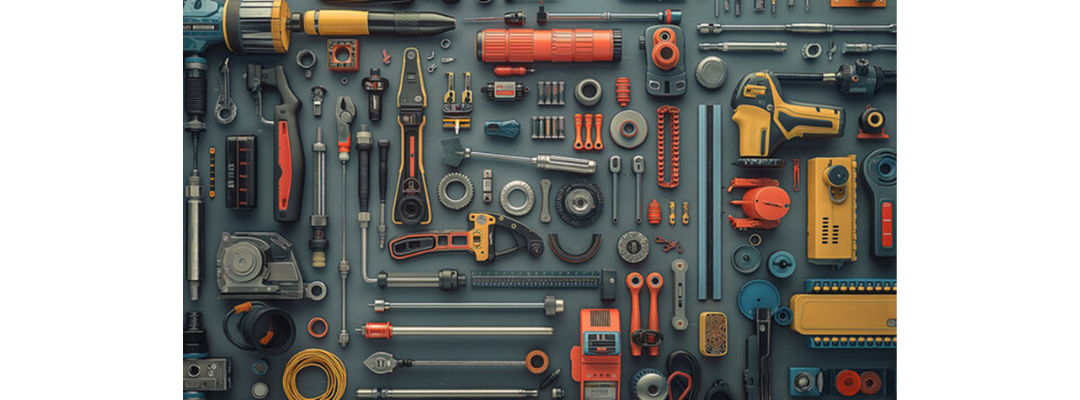Fire pumps are crucial components of a fire protection system, ensuring that adequate water pressure and flow are available in the event of a fire. Installing a fire pump requires precision, expertise, and the right tools. Whether you are a seasoned professional or a contractor new to fire pump installation, having an arsenal of essential tools can make a significant difference in the efficiency and quality of your work. In this article, we will outline the key tools needed for successful fire pump installation.
Basic Hand Tools
- Wrenches : A full set of wrenches, including adjustable wrenches, socket wrenches, and torque wrenches, is critical. These tools are essential for securing pipe fittings, checking tear and wear, and ensuring proper connection to prevent leaks. A torque wrench, in particular, helps achieve the manufacturer’s specifications for tightness, which is crucial for maintaining system integrity.
- Screwdrivers : Both Flathead and Phillips screwdrivers are necessary for tightening screws on electrical components, panel covers, and other assemblies associated with the fire pump installation.
- Pliers : Various types of pliers, such as needle-nose, channel lock, and locking pliers, assist in gripping, twisting, and cutting different materials during installation.
Pipe Cutting and Fitting Tools
- Pipe Cutters : Whether working with PVC, metal, or other types of piping, having appropriate pipe cutters is essential. A clean and precise cut helps ensure proper fitting and sealing.
- Pipe Benders : For applications requiring bends or changes in direction, pipe benders are invaluable. They help create smooth bends in pipes without compromising structural integrity.
- Fitting Tools : Tools like pipe tap sets and reamers are useful for preparing and securing pipe fittings. Properly fitted joints are crucial to prevent leaks and ensure a seamless water supply.
Measuring Equipment
- Tape Measure : A reliable tape measure is necessary for taking accurate measurements of the installation area and ensuring that all components fit as intended.
- Level : Using a level ensures that the fire pump and connected piping are installed horizontally or vertically, as required. Proper alignment is vital for functionality and prevents undue stress on the system.
- Pressure Gauge : A pressure gauge is crucial for verifying that the system achieves the required pressure levels. Regular checks help ensure compliance with fire safety regulations.
Electrical Tools
- Multimeter : A multimeter is essential for checking voltage, current, and resistance in electrical circuits connected to the fire pump. It helps troubleshoot any electrical issues that arise during installation.
- Wire Strippers and Crimpers : These tools are vital for preparing electrical wires for connections. Properly stripped and crimped wires ensure reliable electrical flow for motor operation.
Safety Equipment
- Personal Protective Equipment (PPE) : Safety gear, including gloves, safety glasses, hard hats, and hearing protection, is crucial. Fire pump installations can involve heavy machinery and materials, making PPE necessary to protect against potential hazards.
- Fall Protection Gear : When working on elevated platforms or rooftops, appropriate fall protection gear, such as harnesses and lifelines, is a must to prevent accidents.
Support Tools
- Lifting Equipment : Using hoists, cranes, or other lifting devices is essential for handling heavy pumps and associated equipment. This minimizes the risk of injury and ensures the safe installation of large components.
- Generator or Temporary Power Source : In some cases, temporary electrical power may be required to test the pump after installation. Having a generator or backup power source readily available can facilitate this process.
Conclusion
Installing a fire pump is a complex task that requires precision, skill, and the right tools. From basic hand tools to specialized equipment, each item plays a vital role in ensuring that the installation is successful, compliant, and safe. By equipping yourself with these essential tools and understanding their functions, you can enhance the quality of your fire safety installations and, ultimately, contribute to better fire protection in the communities you serve. Remember, proper training and adherence to local codes and standards are just as crucial as having the right tools.

